COVID Injections: Unveiling the Mechanisms of Harm
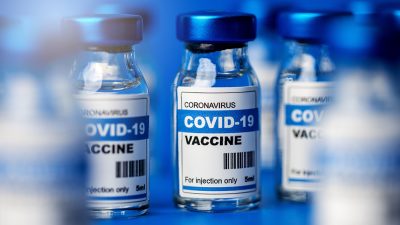
Introduction
The list of traditional diagnoses arising as sequel from the COVID-19 genetic injections is extensive. Pfizer’s own analysis alone lists over a thousand different diagnosed adverse reactions (click here, page 30-38). The failure and dangers of these genetic experiments were predictable, based on pre-2020 scientific knowledge. Yet, despite diligent efforts to warn the public, elected officials, and bureaucrats, billions of people (many repeatedly) have been subjected to these injections in what can only be described as a radical and unethical medical experiment.
In many countries, including Canada, doctors who voiced caution were unlawfully persecuted—our careers, incomes, and reputations tarnished.
Moreover, similar abuses were inflicted upon doctors who reported “vaccine” injuries or attempted to treat patients suffering from COVID-19 “vaccine”-related harm.
Consequently, many nurses, doctors, and health professionals who remain within the system have become victims of this unlawful injection campaign themselves. In many cases, they either cannot or will not recognize the emergence of a new cause behind the dramatic rise in deaths and diagnoses, ranging from infections and cancers to blood clots, myocarditis, miscarriages, infertility, and much more.
.
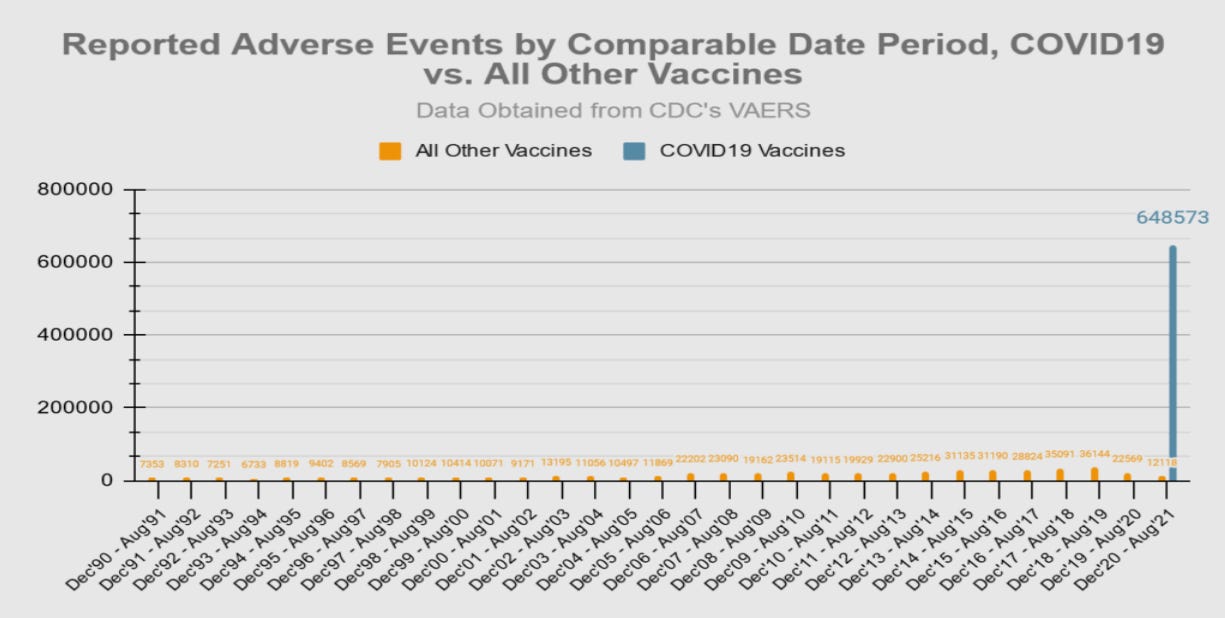
.
The New Wave of Disease
This blind spot in healthcare is causing yet another wave of harm. Individuals injured by these injections are being diagnosed using outdated criteria, and are receiving treatments that do not address the true underlying cause—the COVID injections themselves. If we are to offer hope and optimize outcomes for the billions affected, we must rectify this critical flaw in modern healthcare.
The purpose of this article is to illuminate some of the key mechanisms by which these injections are causing disease and death.
Understanding the pathophysiology behind these conditions is critical for advancing life-saving care. Note that the new pathology of these injection-induced illnesses is different from prior medical understanding. Although the symptoms are similar, traditional treatments may be extremely limited without addressing the root of the issue.
*
Mechanisms of Harm
C-19 Modified mRNA Injections Contents
The injections contain a variety of components, including their declared ingredients, which are modified mRNA within pegylated lipid nanoparticles (pegLNPs). PegLNPs are tiny nanoparticles with nearly limitless tissue penetration. They deliver their genetic payloads into all tissues, including the brains, ovaries, testicles, and unborn children of any pregnant women injected.
The mRNA is modified by substituting N1-methylpseudouridine in place of uridine. This gives the RNA an unusually long lifespan of at least half a year, compared to natural mRNA, which typically lasts only a few hours. As a result, the subjects’ cells continue producing the foreign coronavirus spike protein for an extended period.
This modification involving N1-methylpseudouridine also introduces errors in reading the RNA, leading to the production of a wide array of unpredictable and random proteins in addition to the spike proteins. The production of these toxic spike proteins and other protein products continues for at least six months and possibly much longer.
The injections also contain various undeclared contents and contaminants, including chemical contaminants and an array of plasmid DNA. The plasmid DNA includes a list of concerning genetic sequences, which are still under investigation. These include the presence of SV40 enhancer and SV40 promoter sequences—genetic engineering tools used to facilitate the incorporation of foreign DNA into the subjects’ chromosomes. This raises the serious risk of permanent genetic modification in the human subjects. Research on this issue is ongoing, though we already have laboratory cell culture evidence of genetic integration of this DNA into human chromosomes.
.
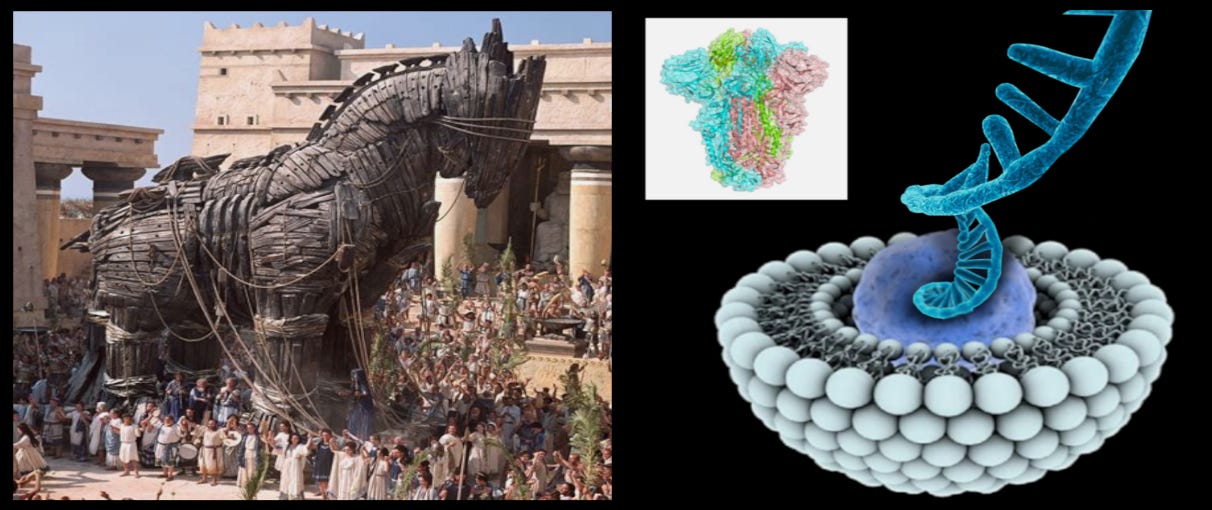
pegLNPs is a Trogan horse to the cell membrane, full of altered mRNA
.
Nanoparticle Toxicity
Lipid nanoparticles have known serious toxic effects, especially if injected repeatedly, which the C-19 injections are.
Polyethylene Glycol
Polyethylene glycol triggers adverse immune responses in many people.
Toxic Spike Proteins
Coronavirus spike proteins (SP) are known toxins. The spike protein of the engineered SARS-CoV-2 virus—whether from the virus itself or produced in subjects’ cells following the injections—exhibits enhanced toxicity compared to natural coronavirus spike proteins. These modifications include the incorporation of a furin cleavage site and the elimination of hemagglutinin esterase expression on the surface of the spike protein.
.
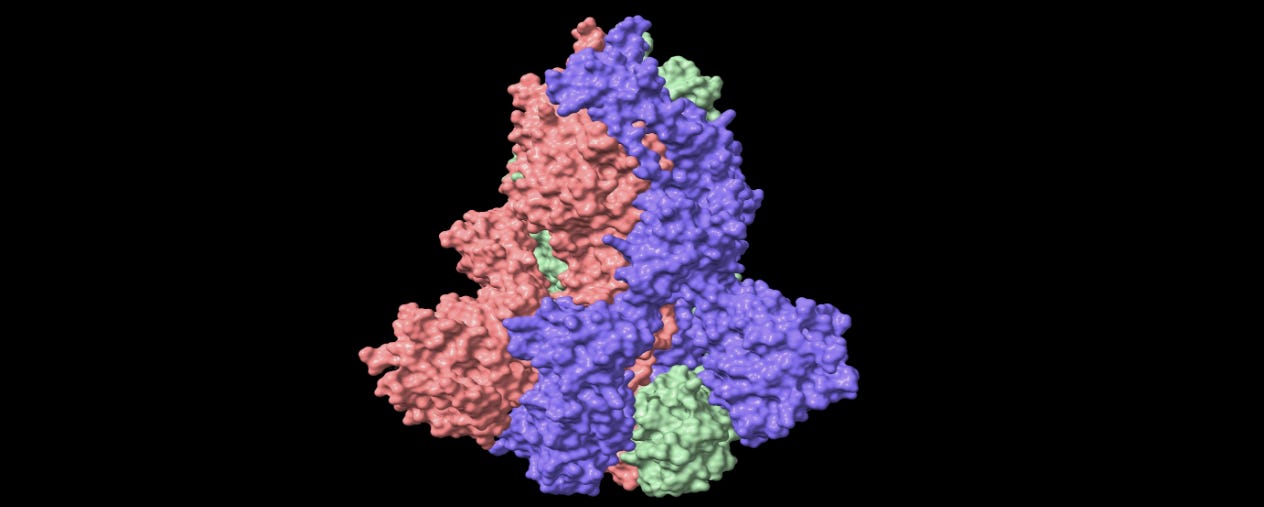
single spike protein
.
Blood Clotting
The elimination of hemagglutinin esterase contributes to the spike protein’s exceptional ability to cause blood clots at both the microscopic and macroscopic levels.
Accelerated Deterioration and Aging of Many Organs
Ongoing microvascular clotting is a contributing mechanism that accelerates organ deterioration, causing the organs of victims to age faster than normal. This can lead to a variety of clinical conditions, including accelerated microvascular dementia and kidney failure.
Reverse ORF, Spider Silk Protein, and “Calamari Clots”
One of the unusual findings in the genetic analysis of the undeclared plasmid DNA content of the C-19 mod-mRNA injections is a reverse open reading frame at the end of the plasmid DNA sequence coding for the spike protein. This causes ribosomes to also read the spike protein genetic sequence in the reverse direction, resulting in a completely different protein. The reverse sequence contains significant sections resembling the highly unusual proteins found in spider silk. This may help explain the unusual white, rubbery proteinaceous ‘clots’ extracted from the arteries and veins of many deceased injection victims by morticians and pathologists. The nature of these clots and the reverse translation of the spike protein genetic sequence require further study.
.
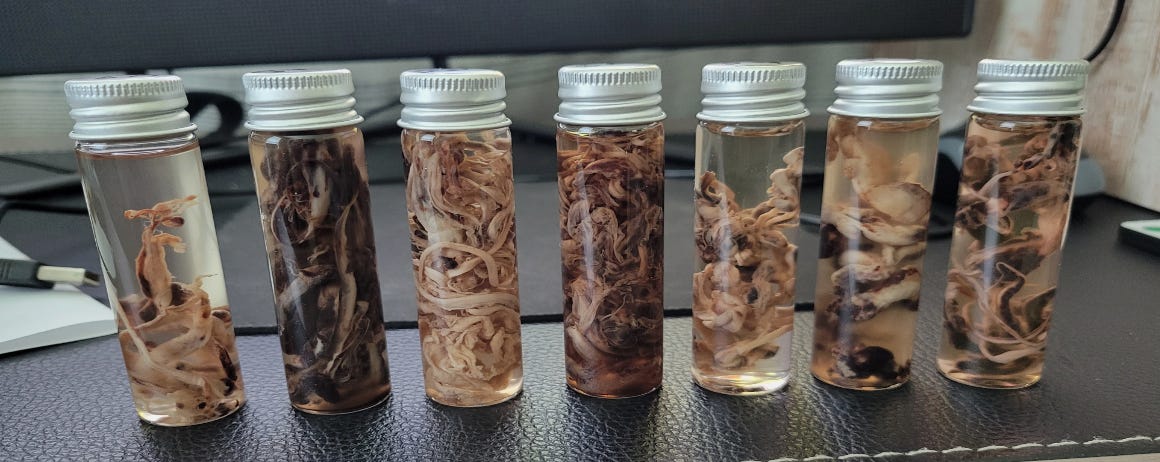
unusual rubbery clots found in many victims’ arteries and veins
.
Quasi-autoimmune Pathology
Cells that produce the spike protein, as well as cells to which the spike protein adheres via ACE2 receptors, display a foreign protein on their surface. This triggers the subjects’ immune systems to attack these spike-protein-laden cells and tissues as if they were foreign, or ‘non-self.’ This is one of the major mechanisms of injury observed in the first year following the injections. Autopsy samples from young hearts, testicles, ovaries, kidneys, brains, placentas, and other tissues show affected organs heavily laced with spike protein and under intense autoimmune attack by the subjects’ own immune systems. This resembles organ rejection seen in transplants, where the victims’ organs appear foreign to their immune system and are ‘rejected.’
‘Spiked’ tissues undergoing this autoimmune attack may lead to clinical presentations in the days or months following injection, but can also contribute to progressive damage and the accelerated aging of many organs and tissues.
.
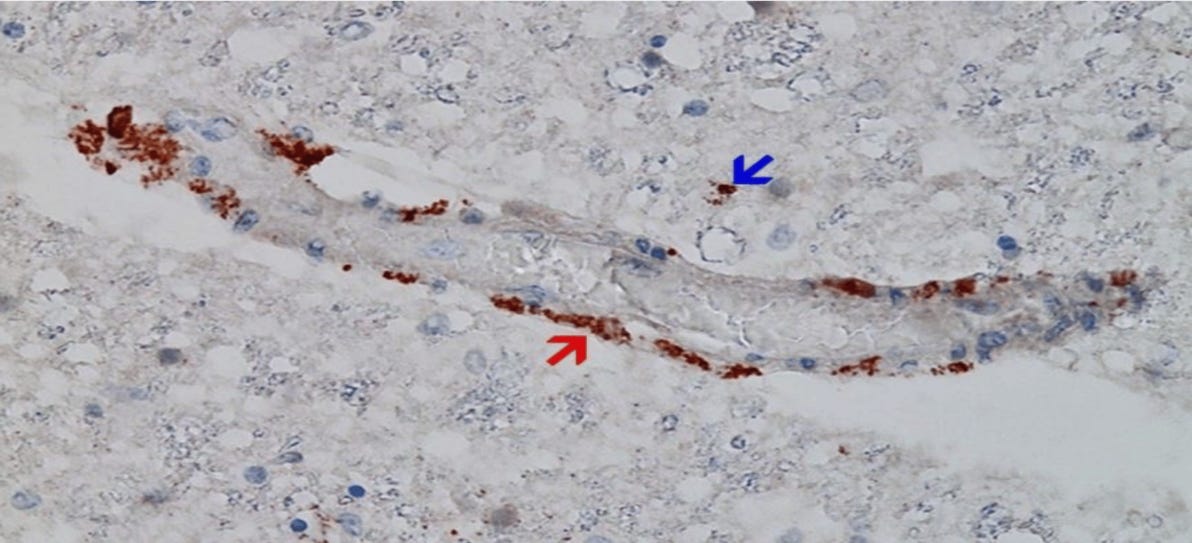
Quasi-autoimmune pathology
.
Antigenic Mimicry and Autoimmune Diseases
The spike protein also bears some resemblance to numerous natural proteins in the body, including syncytin-1, an essential protein in both female and male reproductive tissues. The immune response triggered against the spike protein can also target these natural proteins, causing another collection of autoimmune diseases and adverse effects, including miscarriages and infertility.
Ribosome Frame Shifting and More Autoimmune Disease
Due to the modified uridine in the injected mRNA, ribosome frame shifting occurs, which means that many errors are made as our cells’ ribosomes read the mRNA. In addition to predominantly producing the spike protein, a large array of random proteins and protein fragments are generated. Each of these has the potential to resemble a natural protein in the body sufficiently to trigger more autoimmune diseases.
Antibody Dependent Enhancement (ADE)
The production of large amounts of spike protein within the subjects’ bodies triggers a dramatic production of adaptive antibodies to the spike protein. These antibodies have various toxic effects, including the enhancement of coronavirus infections. This is one of the reasons that we observe increased rates of COVID infection, hospitalization, and death among the “vaccinated” versus the “unvaccinated.” This process is called antibody-dependent enhancement (ADE). Experimental vaccination against coronaviruses, especially against their spike protein, has been associated with a high incidence of ADE. In these experiments, like the current global experiment on humans, the antibodies produced by vaccination end up helping the virus infect the subjects rather than providing protection.
.
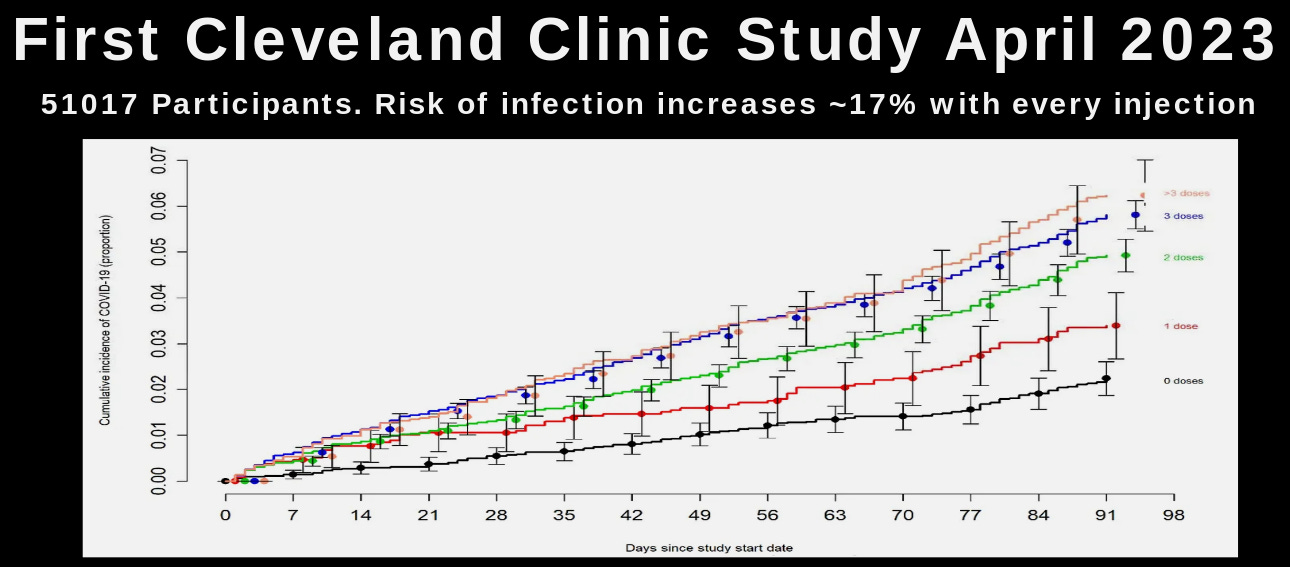
.
Immune System Damage, Increased Cancer and All Infections
The subjects’ dramatic immune response to the spike protein produced following the injections weakens the immune system in various ways, including the suppression of CD4 and CD8 positive T cells. This damage to the subjects’ immune systems is one factor accounting for the rise in cancers, particularly aggressive cancers, and a wide variety of infections among the “vaccinated.
Multiple Mechanisms to Cause Cancer
The injections have multiple mechanisms for causing cancer. These include immune system damage and chromosomal DNA damage. The insertion of foreign genetic material into the human genome has many harmful effects that are still being discovered, including the disruption of various tumor suppression genes that normally protect our DNA from damage and defend us against cancer.
Additionally, the spike protein (SP) of SARS-CoV-2 and these injections has many unique characteristics, including the capacity to migrate into our cells’ nuclei and damage the DNA, thereby interrupting tumor suppressor genes. This adds further potential mechanisms for causing cancer.
Antibody Mediated Selection: Driving the Evolution of Variants and Extending the Pandemic
Another reason many of us warned against this genetic “vaccine” program is the issue of Antibody Mediated Selection (AMS). AMS explains that although vaccination may play a role in averting a pandemic before it occurs, it is likely to prolong a pandemic and drive the evolution of one variant after another if administered during an ongoing pandemic. This serves as the foundation for a golden rule of vaccinology: we should never try to vaccinate our way out of a pandemic. Attempting to do so drives the evolution of the virus, creating one variant after another. These variants are particularly dangerous to the “vaccinated” subjects, as opposed to those with natural exposure and immunity. Natural immunity is broad and responds to many aspects of the virus, so the virus cannot simply adapt its spike protein to evade it. However, due to the injection campaigns, we have extended what would naturally have been a few months of active infections to now four years of variants, infections, and more misguided injections. This has been profitable for the vaccine industry but devastating for mankind.
Additional Mechanisms of Injury
There are additional mechanisms of injury, including prion diseases, and more research is needed regarding the injury mechanisms associated with these injections. The details of the immune system disturbances caused by these injections are extensive. This presentation serves as just a brief introduction.
*
Where Do We Go From Here?
COVID-19 genetic ‘vaccines’ offer no benefit and cause significant harm. It is long overdue to halt their manufacturing and administration. We must reinstate the scientists and doctors who have been warning about these issues, while advancing research and treatment of the resulting injuries, despite having been stripped of our positions, laboratories, and incomes. Understanding the mechanisms of injury and how to treat them, and urgently distributing this information, should be our highest priority.
New pathophysiologic mechanisms are driving dramatic increases in disease, disability, and death worldwide. The medical and scientific communities have been muzzled and co-opted, leaving healthcare practitioners ‘flying blind.’
It is time to end the suppression and manipulation of medical science. We must urgently advance our understanding and treatment of the toxic effects of the COVID-19 genetic ‘vaccines.’
*
44 Examples of COVID ‘Vaccine’-induced Diseases, Backed by 930 Scientific Articles Linking These Conditions to the Injections
The injection-induced illnesses listed here are defined according to their classifications prior to the introduction of the COVID-19 injections. While these emerging illnesses share common symptoms with conventional conditions, their underlying pathology is different. The mechanisms of injury described above must be considered, as existing medical treatments will fail to address the new root cause of these diseases.
Thanks to the community at CovidVaccineInjuries.com for compiling the studies that became the foundation of this resource. See the footnotes for the complete list of the aforementioned 930+ scientific articles. Please share this resource with patients, healthcare providers, and lawyers.
Disclaimer: This article is for educational purposes only and is not intended to be medical advice.
Table of Contents
- Acute Hyperactive Encephalopathy
- Acute Kidney Injury
- Acute Myelitis
- Allergic Reactions
- Alopecia Areata
- Anaphylaxis
- Axillary Adenopathy
- Bell’s Palsy
- Bullous Drug Eruption
- Capillary Leak Syndrome
- Cardiac Complications
- Central Serous Retinopathy
- Cerebral Venous Thrombosis
- Cutaneous Adverse Effects
- Facial Nerve Palsy
- Guillain-Barré Syndrome
- Hemophagocytic Lymphohistiocytosis
- Henoch-Schonlein Purpura
- Immune-Mediated Disease Outbreaks
- Immune-Mediated Hepatitis
- Internal Bleeding
- Intracerebral Haemorrhage
- Lymphadenopathy
- Multiple Sclerosis
- Myocarditis
- Myopericarditis
- Nephrotic Syndrome
- Neurological Symptoms
- Oculomotor Paralysis
- Pericarditis
- Perimyocarditis
- Petechiae
- Prion Disease
- Psoriasis
- Pulmonary Embolism
- Purpura Annularis Telangiectodes
- Rhabdomyolysis
- Systemic Lupus Erythematosus
- Takotsubo Cardiomyopathy
- Thrombocytopenia
- Thrombosis
- Thrombotic Thrombocytopenic Purpura
- Vasculitis
- Vogt-Koyanagi-Harada Syndrome
*
Acute Hyperactive Encephalopathy
Acute Hyperactive Encephalopathy refers to a sudden and intense alteration in brain function characterized by increased activity. It often manifests with symptoms such as confusion, agitation, hyperactivity, and altered consciousness. Various factors, including infections, metabolic disturbances, or drug reactions, can trigger this condition.
Acute Hyperactive Encephalopathy references[1]
.
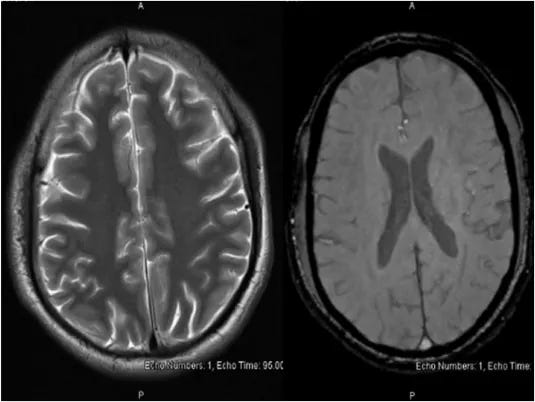
.
Acute Kidney Injury
Acute Kidney Injury (AKI) is a sudden and rapid decline in kidney function, leading to a build-up of waste products in the blood. Common causes include dehydration, infections, or medication reactions. Symptoms may include decreased urine output, swelling, and confusion.
Acute Kidney Injury references[2]
.

.
Acute Myelitis
Acute myelitis is a rare neurological disorder characterized by the sudden inflammation of the spinal cord, leading to motor and sensory deficits. It can result from various causes, including viral infections, autoimmune disorders, or other inflammatory conditions. Symptoms include pain, weakness, numbness, and difficulty with bladder and bowel control. Diagnosis involves clinical evaluation, imaging studies like MRI, and cerebrospinal fluid analysis.
Acute Myelitis references[3]
.
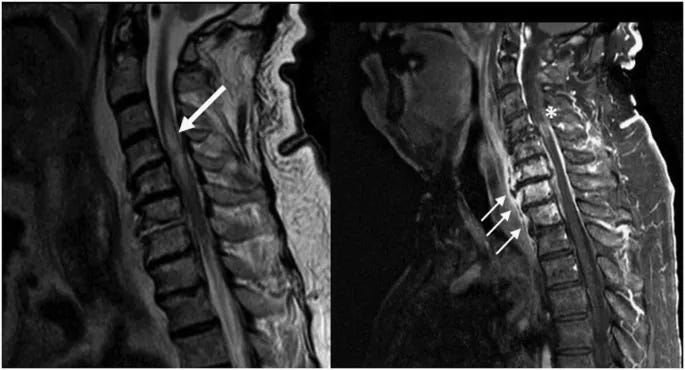
Acute Myelitis x-ray
.
Allergic Reactions
Allergic reactions occur when the immune system overreacts to substances (allergens) like foods, medications, or insect stings. Upon exposure, the immune system releases chemicals, such as histamine, causing symptoms like hives, itching, swelling, and in severe cases, anaphylaxis. Common allergens include nuts, pollen, and certain medications. Reactions can range from mild to life-threatening, requiring immediate medical attention. Diagnosis involves evaluating symptoms and sometimes using allergy testing.
Allergic Reactions references[4]
.
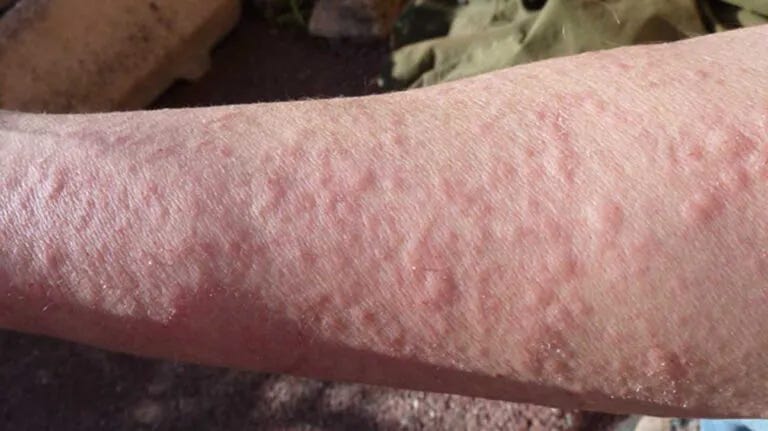
Allergic reaction (hives) on arm
.
Alopecia Areata
Alopecia areata is an autoimmune condition causing hair loss in localized patches. The immune system mistakenly attacks hair follicles, leading to hair loss. It can affect any hair-bearing area, including the scalp, eyebrows, and beard. The exact cause is unclear, but genetics and environmental factors may contribute. While the hair follicles are not permanently damaged, treatments like corticosteroids can help stimulate hair regrowth. The condition’s course is unpredictable, with spontaneous regrowth or recurrent episodes possible.
Alopecia Areata references[5]
.

Anaphylaxis
Anaphylaxis is a severe and potentially life-threatening allergic reaction that occurs rapidly after exposure to an allergen. It involves a systemic release of chemicals, such as histamine, triggering widespread inflammation. Common allergens include certain foods, insect stings, medications, and latex. Symptoms can escalate quickly, affecting multiple organ systems and leading to difficulty breathing, a drop in blood pressure, hives, and swelling, particularly in the face and throat. Anaphylaxis requires immediate medical attention, as it can progress rapidly and lead to respiratory failure or cardiovascular collapse.
Click here to read the full article on Dr. Trozzi’s Substack.
*
Click the share button below to email/forward this article to your friends and colleagues. Follow us on Instagram and Twitter and subscribe to our Telegram Channel. Feel free to repost and share widely Global Research articles.
Birds Not Bombs: Let’s Fight for a World of Peace, Not War
Featured image is from NaturalNews


